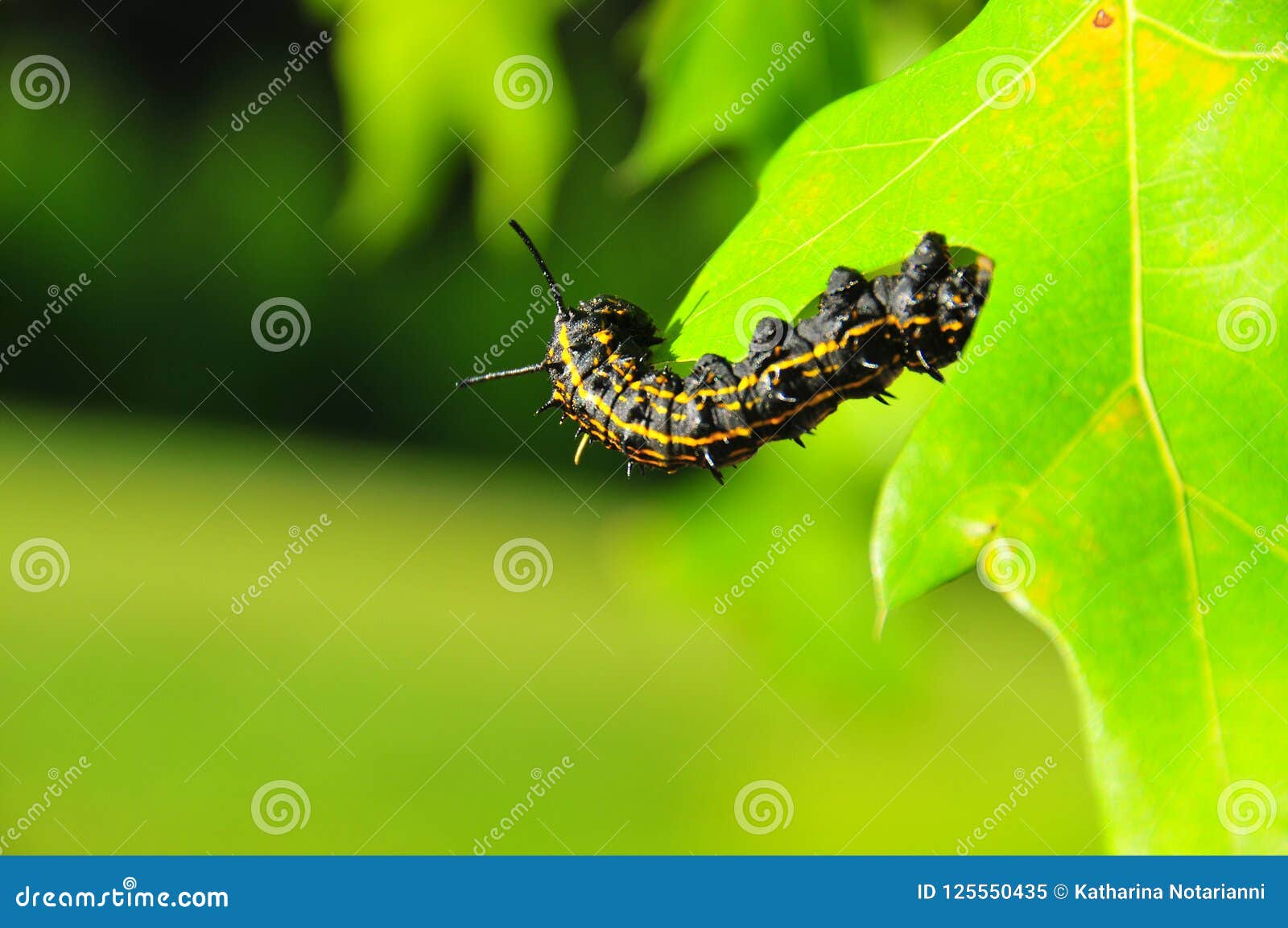

This forces the tree to grow a new set of leaves, which is stressful to the tree. In years when eastern tent caterpillars are especially numerous, they can chew away most of the leaves on their host trees. The entire wriggling mass is also a predator deterrent. The caterpillars also thrash around the fore part of their bodies when disturbed, which usually causes all their neighbors to join in.

Indeed, the cherry leaves that they typically eat contain cyanogenic chemicals, and when disturbed, the caterpillars can vomit cyanide juices at their predators. With their hairs and striped black and yellowish pattern - especially striking when they are grouped together in a mass - they send a visual warning of toxicity. Not many birds prey on eastern tent caterpillars. It is the second part of their four-stage life cycle (egg, larva, pupa, adult). Populations of this species rise and fall in a cycle, with their numbers growing for a number of years, then “crashing” before starting the cycle again. Maby americangardener A caterpillar is the larval stage of a moth or butterfly. Instead, they only build silken mats and guidelines on trunks and branches that guide them to and from feeding locations and group gathering sites. Also, the communal larvae of that species do not create tents. The larvae do not have an unbroken line along the back instead, there is a light-colored mark on each segment down the back - the shape of each mark is like a keyhole, shoeprint, or bowling pin. Similar species: The closely related forest tent caterpillar ( M. disstria) looks very similar, but adults have dark (not whitish) lines on the forewings. The caterpillars have long, pale hairs the body is mottled and striped with blue, yellow, and black, with a whitish line running down the back. They live in groups in “tents” made by innumerable silken strands in the crotches of host trees. Females are paler and more yellowish, and larger, with more rounded wings.Ĭaterpillars are much more easily seen than the adults. Both males and females have feathery antennae. Like others in their family, these moths are medium-sized, with thick, long scales that make them look furry. Sometimes, the middle band between the two lines is lighter or whitish. Adult eastern tent caterpillar moths are brown with 2 light-colored bands cutting across the forewing.


 0 kommentar(er)
0 kommentar(er)
